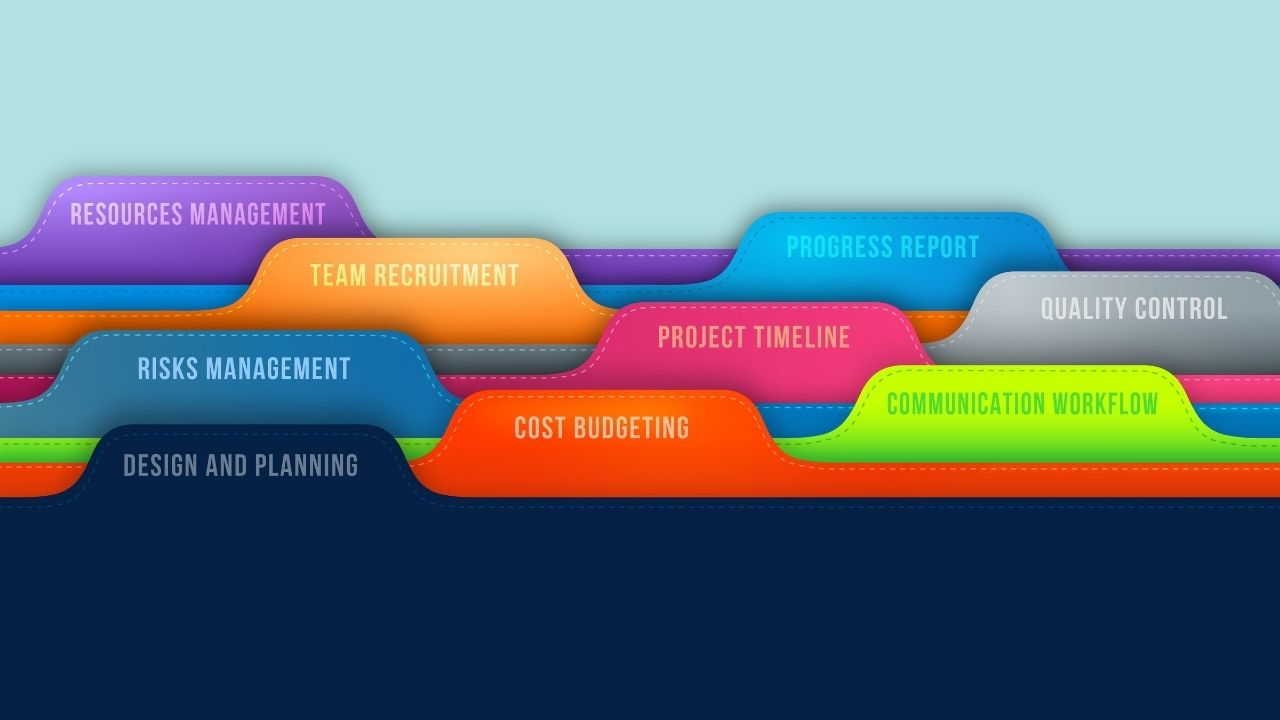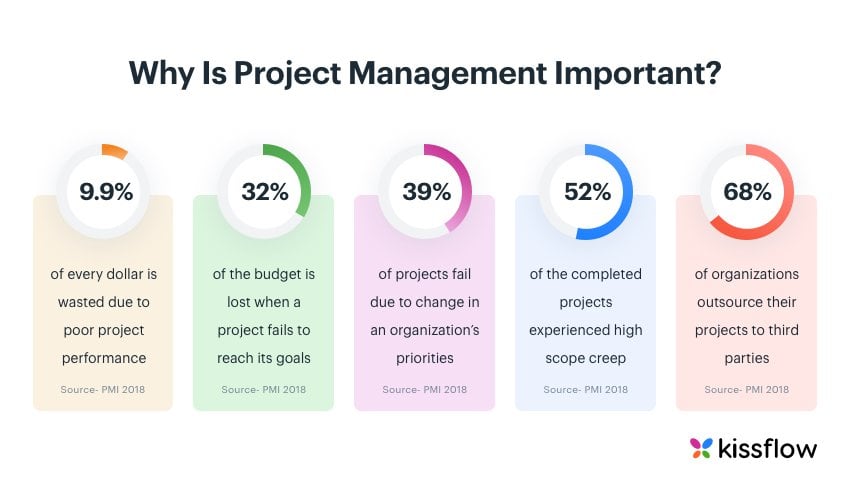Are you looking for ways to measure the success of your web design projects and gather valuable insights from your clients? Over the course of this article, we will explore the importance of client satisfaction surveys and how they can help you improve your web design services.
You'll discover key metrics for measuring success, effective survey design techniques, and tips for analyzing and addressing client feedback. By incorporating survey insights into your web design strategies, you can enhance client satisfaction and drive better results.
Key Takeaways
- Client satisfaction surveys provide valuable insights for improving web design services.
- Understanding client needs and preferences enhances satisfaction and drives better results.
- Feedback identifies areas for improvement and ensures meeting target audience's expectations.
- Gathering insights from client feedback helps improve the design process and deliver a better user experience.
The Importance of Client Satisfaction Surveys
Client satisfaction surveys are crucial for understanding how well your web design services are meeting your clients' needs. By measuring effectiveness and gathering client feedback, these surveys provide valuable insights that can help you improve your services and ensure customer satisfaction.
Measuring the effectiveness of your web design services is essential for your business's success. Client satisfaction surveys allow you to gauge how well you are meeting your clients' expectations and identify areas where you can make improvements. By asking clients to rate various aspects of your services, such as the design quality, responsiveness, and ease of navigation, you can gain a better understanding of what is working well and what needs to be adjusted.
Client feedback is invaluable when it comes to improving your web design services. By listening to your clients' opinions and suggestions, you can gain insights into their needs and preferences. This feedback can help you identify trends, common issues, and areas where you excel. It also allows you to address any concerns or problems promptly, ensuring that your clients feel heard and valued.
Key Metrics for Measuring Success in Web Design
One way to gauge the effectiveness of your web design is by tracking key metrics. These metrics can provide valuable insights into how well your website is performing and whether it is meeting the needs of your customers.
One important metric to consider is customer feedback. By gathering feedback from your customers, you can gain valuable insights into their experience with your website. This feedback can help you identify areas where improvements can be made and ensure that your website is meeting the needs and expectations of your target audience.

Additionally, measuring the effectiveness of your web design can also involve tracking metrics such as website traffic, bounce rate, and conversion rate. These metrics can provide insights into the overall performance of your website and help you identify any areas that may need improvement.
Designing Effective Surveys for Gathering Insights
To effectively gather insights, you can design surveys that target specific areas of interest and ask relevant questions. When it comes to survey design, there are a few tips that can help you maximize response rates and ensure you get the most valuable feedback from your clients.
First, keep your surveys concise and easy to understand. Avoid long, complicated questions that could confuse or frustrate respondents. Instead, use clear and straightforward language that everyone can easily comprehend.
Second, consider using a mix of question types. This can help keep respondents engaged and prevent survey fatigue. Include multiple-choice questions, rating scales, and open-ended questions to gather both quantitative and qualitative data.
Third, make sure to ask questions that directly relate to your goals and objectives. Focus on the areas of interest that you want to gather insights on. Avoid irrelevant or off-topic questions that could dilute the quality of the data you collect.
Lastly, consider offering incentives to encourage participation and maximize response rates. This could be a small discount or a chance to win a prize. Incentives can motivate respondents and increase the likelihood of them completing the survey.
Analyzing and Interpreting Survey Results
When analyzing and interpreting the results of your surveys, there are three key points to focus on:

The key takeaways: By identifying the key takeaways from the survey responses, you can gain a better understanding of what aspects of your web design services are resonating with clients and what areas may need improvement.
Actionable data insights: By extracting actionable data insights from the survey data, you can make informed decisions on how to optimize your services and meet the specific needs of your clients.
Ways to improve the client experience: Ultimately, this analysis and interpretation of survey results will help you enhance the overall client experience and ensure their satisfaction with your web design services.
Key Survey Takeaways
You can gain valuable insights by analyzing the key takeaways from your web design client satisfaction surveys. Client feedback is essential for measuring the success of your web design projects. By reviewing the survey responses, you can identify patterns and trends that highlight areas of improvement or success. Look for common themes in the feedback, such as positive comments about the user interface or negative feedback regarding the website's loading time.
These key takeaways can help you prioritize future design changes and focus on the aspects that matter most to your clients. In addition, analyzing the survey results allows you to gauge overall client satisfaction and identify areas where you may need to make adjustments to ensure future success.
Actionable Data Insights
By analyzing the data from your surveys, you can uncover valuable insights that can inform your future decision-making. Data analysis is crucial in understanding the customer feedback you receive through these surveys. Through careful examination of the data, you can identify patterns and trends that can help you better understand your clients' needs and preferences.
Look for common themes in the feedback, such as areas where clients expressed high satisfaction or areas where improvements are needed. These insights can guide your web design strategies and help you prioritize enhancements that will have the biggest impact on client satisfaction.

As also, data analysis can provide quantitative evidence to support your decision-making process, making it easier to justify any changes or investments you may need to make.
Improving Client Experience
Improving the overall experience for customers is essential for long-term success. One way to achieve this is by actively seeking customer feedback and using it to enhance the user experience. By regularly gathering feedback from your clients, you can gain valuable insights into what is working well and what can be improved in your web design services. This feedback can help you identify areas where you may be falling short and make necessary adjustments to ensure client satisfaction.
Additionally, by actively listening to your customers and implementing their suggestions, you can create a more personalized and tailored experience that meets their specific needs and preferences. This focus on enhancing the user experience will not only lead to happier clients but also foster long-term relationships and promote positive word-of-mouth referrals.
Addressing Client Feedback and Improving Satisfaction
To effectively address client feedback and boost satisfaction, it's important to actively listen and make necessary adjustments to your web design process. Improving communication and managing expectations are key factors in achieving this.
When clients provide feedback, take the time to actively listen and understand their concerns or suggestions. This means giving them your full attention, asking follow-up questions, and seeking clarification if needed. By actively listening, you show clients that their opinions are valued and that you are committed to addressing their needs.
Once you have gathered their feedback, it's important to make necessary adjustments to your web design process. This could involve incorporating their suggestions, revising certain elements, or providing additional information to meet their expectations. By making these adjustments, you demonstrate your willingness to adapt and improve based on client input. This not only enhances client satisfaction but also strengthens your relationship with them.
Effective communication and managing expectations are essential in maintaining a positive client experience and ultimately achieving client satisfaction.

Incorporating Survey Insights Into Web Design Strategies
When incorporating survey insights into your strategies, remember to analyze the data thoroughly and identify key trends or patterns. By doing so, you can gain valuable insights that will help you make informed decisions and drive your web design projects towards success.
One important aspect to consider is designing process improvements based on the feedback received from your clients. By understanding their pain points and areas of improvement, you can enhance your design process and deliver a better experience.
Additionally, taking a customer-centric approach is crucial. The survey responses can provide you with valuable information about what your clients want and need. By incorporating their preferences and expectations into your design strategies, you can create websites that truly resonate with your target audience.
Furthermore, survey insights can help you identify key trends and patterns that can guide your design decisions. For example, if multiple clients mention a specific feature they would like to see on their websites, you can prioritize its implementation.
Best Practices for Conducting Client Satisfaction Surveys
One way you can enhance the effectiveness of your surveys is by ensuring clear and concise questions that are easy for clients to understand. This is crucial when it comes to survey methodology and improving response rates. When clients receive surveys with complicated or confusing questions, they may become frustrated and either skip the question or abandon the survey altogether. To avoid this, make sure your questions are straightforward and use simple language.
Another way to improve response rates is by keeping your surveys short and focused. Long surveys can be overwhelming for clients and may discourage participation. Instead, aim for brevity and only include questions that are essential for gathering the insights you need.
Additionally, consider offering incentives to encourage participation. This could be a small discount on future services or a chance to win a prize. Incentives can motivate clients to take the time to complete the survey and provide valuable feedback.

Lastly, make it easy for clients to access and complete the survey. Use user-friendly online platforms or email surveys directly to clients. By removing any barriers to participation, you can increase response rates and gather more comprehensive data.
Frequently Asked Questions
How Can Web Designers Effectively Communicate Survey Results to Their Clients?
You can effectively communicate survey results to your clients by analyzing the data and incorporating key feedback. This ensures clear and concise communication that addresses their concerns and highlights areas of improvement.
What Are Some Common Challenges That Web Designers May Face When Conducting Client Satisfaction Surveys?
When conducting client satisfaction surveys, web designers face challenges with client feedback and low survey response rates. It can be difficult to gather meaningful insights without sufficient participation from clients.
Are There Any Specific Tools or Software Recommended for Designing and Distributing Web Design Client Satisfaction Surveys?
There are several tools and software options available for survey design and data analysis. You can consider using platforms like SurveyMonkey or Google Forms to create and distribute web design client satisfaction surveys effectively.
How Frequently Should Web Designers Conduct Client Satisfaction Surveys to Ensure Accurate and Up-To-Date Feedback?
To ensure accurate and up-to-date feedback, it is important for web designers to regularly conduct client satisfaction surveys. Consider the frequency and timing of these surveys to gather valuable insights and measure success.
What Are Some Potential Strategies for Addressing Negative Feedback and Improving Client Satisfaction in Web Design Projects?
To improve client satisfaction in web design projects, address negative feedback by actively listening and acknowledging their concerns. Implement changes based on their feedback and ensure clear communication throughout the project.
Conclusion
In conclusion, conducting client satisfaction surveys is crucial for measuring success and gathering valuable insights in web design. By analyzing and interpreting survey results, web designers can address client feedback and improve satisfaction.

These insights can also be incorporated into web design strategies to better meet client expectations and preferences. Following best practices for conducting surveys ensures that the process is effective and generates accurate data.
Ultimately, prioritizing client satisfaction through surveys enables web designers to continually enhance their work and deliver exceptional results.

